Deep-Sea Creepy-Crawlies: Images of Acorn Worms
Red Acorn Worm
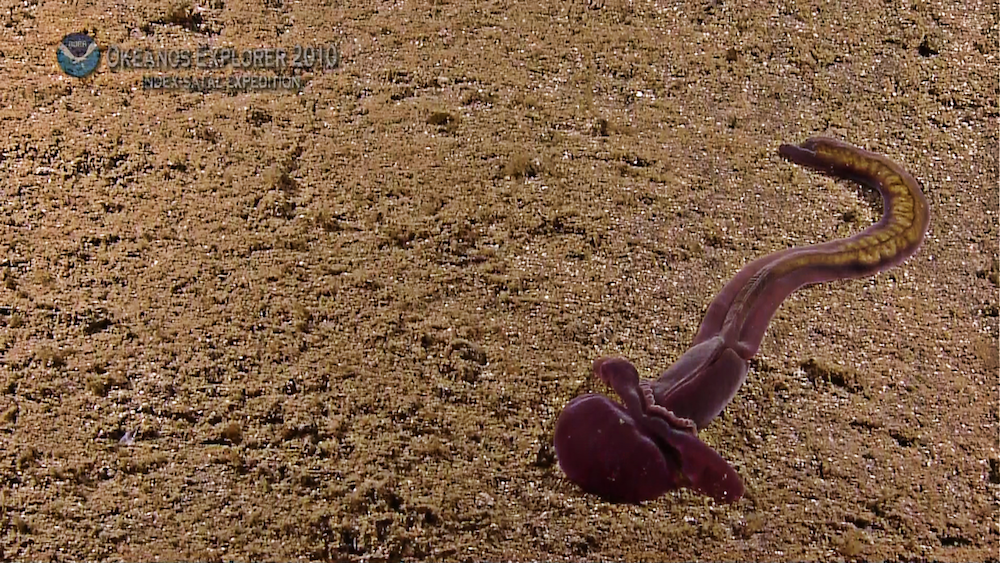
A newly discovered species of acorn worm found in the Celebes Sea of the western Pacific. These fragile worms live on the sea floor.
Make like a rose
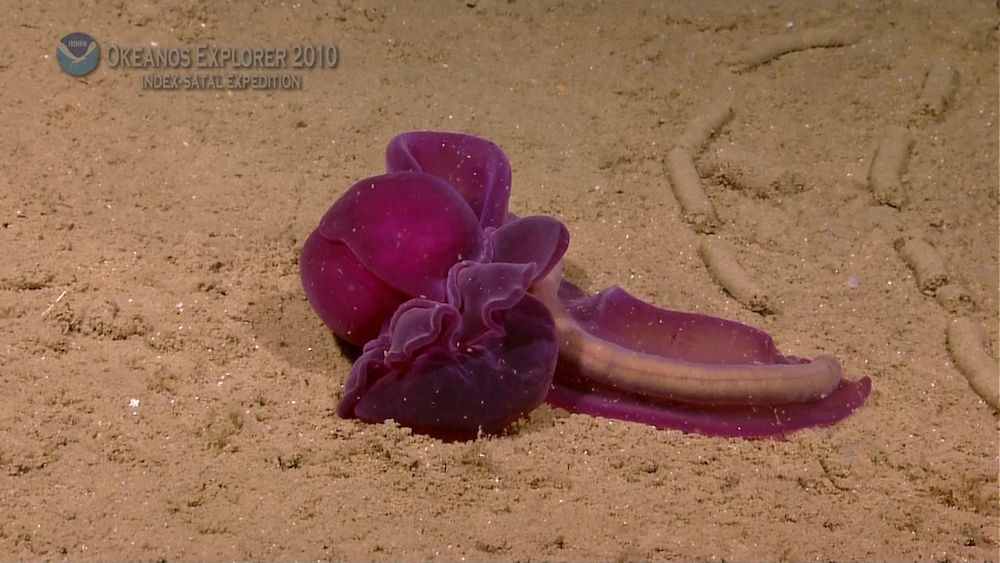
A new species of acorn worm looks a bit like a rose on the sea floor. The tubular shapes in the right of the photo are castings, or sand and sediment excreted after the worm filters through it for nutrients.
Yellow Worm
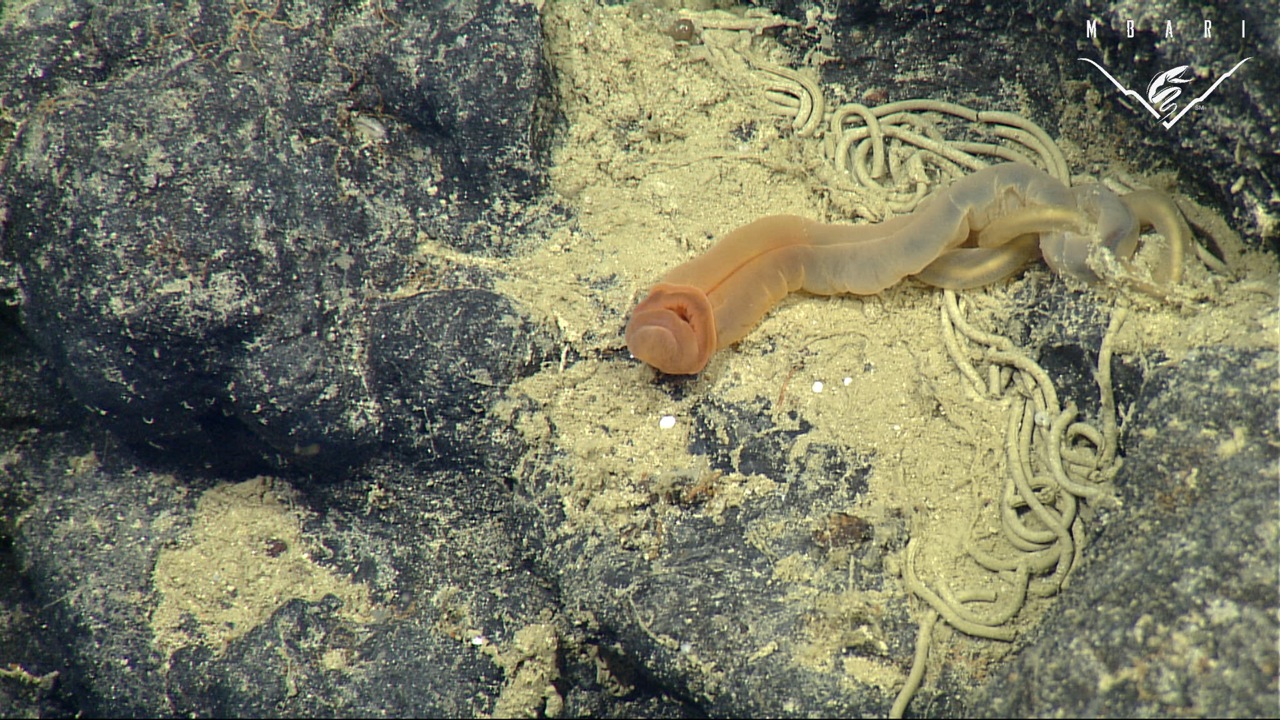
Another species of acorn worm rests among its castings.
Flat Worm
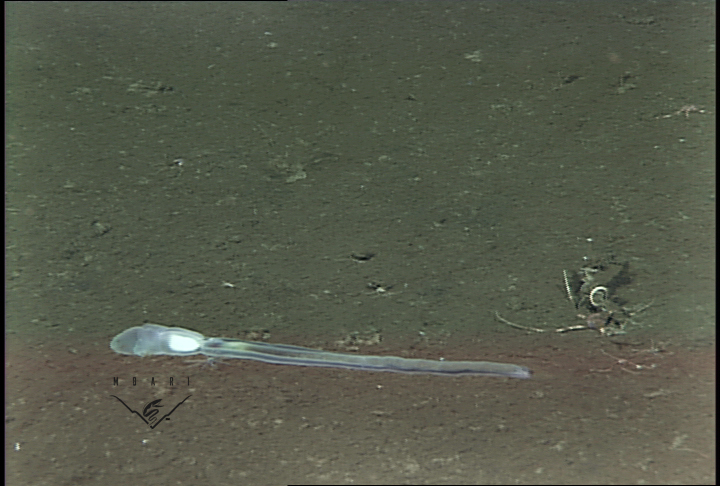
A nearly-transparent acorn worm in the Gulf of California.
Two for the Price of One
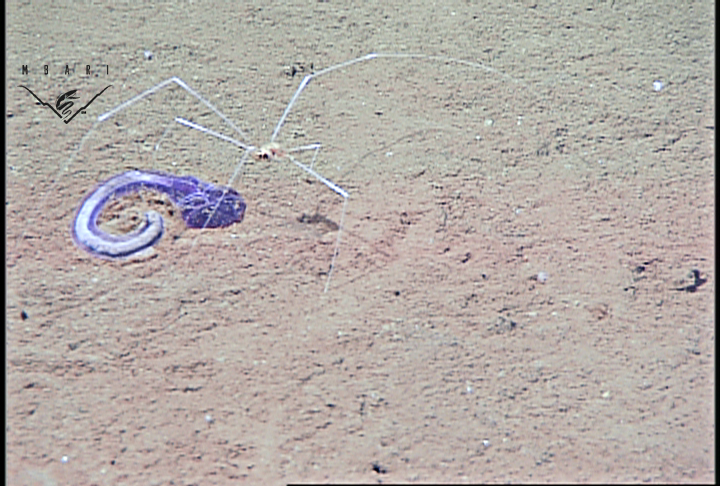
A sea spider steps over an acorn worm in this image taken by an remotely operated vehicle.
Long Worm
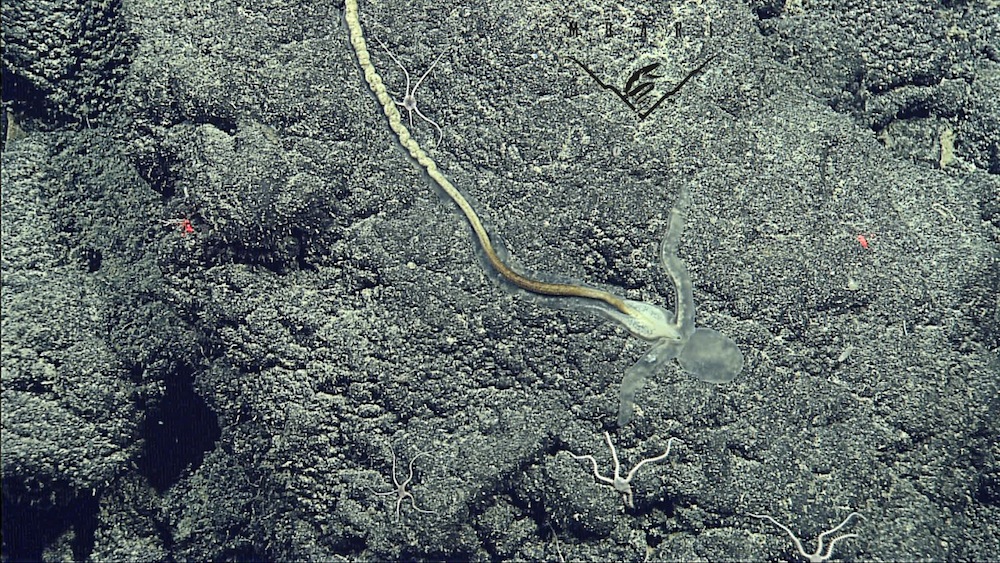
A new species of acorn worm moves amid brittle stars.
Floating Worm
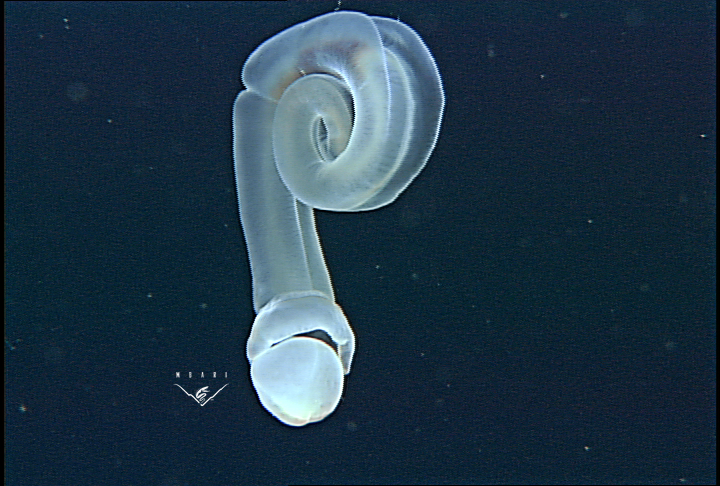
In a new discovery, researchers observed worms drifting as much as 66 feet (20 meters) above the seafloor. It seems that the worms are capable of floating from feeding zone to feeding zone.
Get the world’s most fascinating discoveries delivered straight to your inbox.
Friends in Low Places
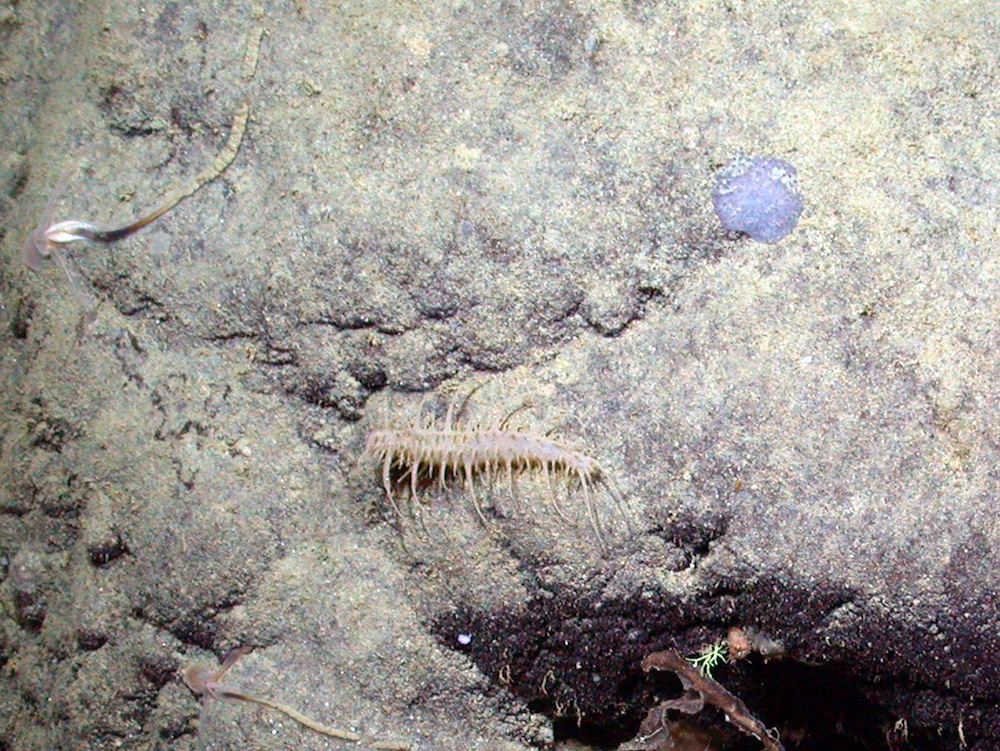
An acorn worm (top left) shares the sea floor with a spiky sea cucumber (center). This photo was taken on the Davidson Seamount at 9,596 feet (2925 meters).
Lone Acorn Worm
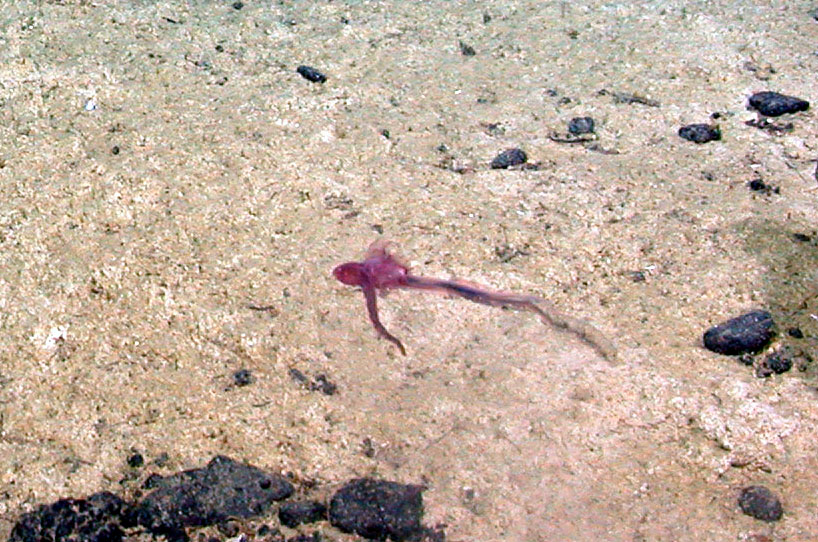
An acorn worm on the Davidson Seamount at 10,784 feet (3287 meters).
Feeding Acorn Worm
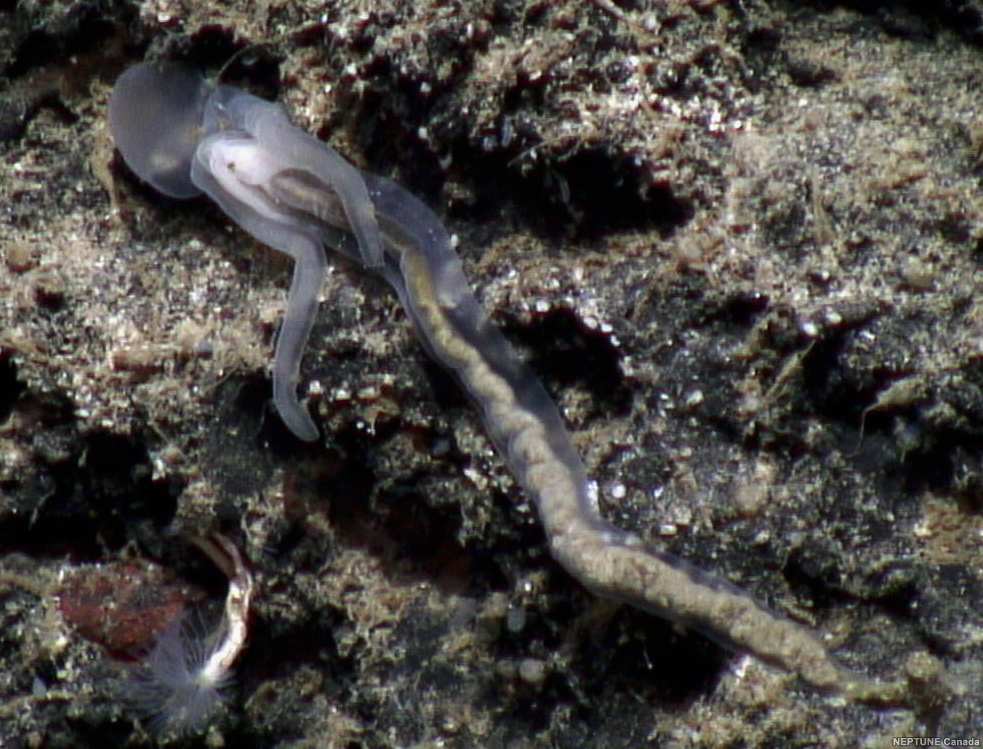
An acorn worm photographed in the Endeavor Rift Valley.

Stephanie Pappas is a contributing writer for Live Science, covering topics ranging from geoscience to archaeology to the human brain and behavior. She was previously a senior writer for Live Science but is now a freelancer based in Denver, Colorado, and regularly contributes to Scientific American and The Monitor, the monthly magazine of the American Psychological Association. Stephanie received a bachelor's degree in psychology from the University of South Carolina and a graduate certificate in science communication from the University of California, Santa Cruz.
